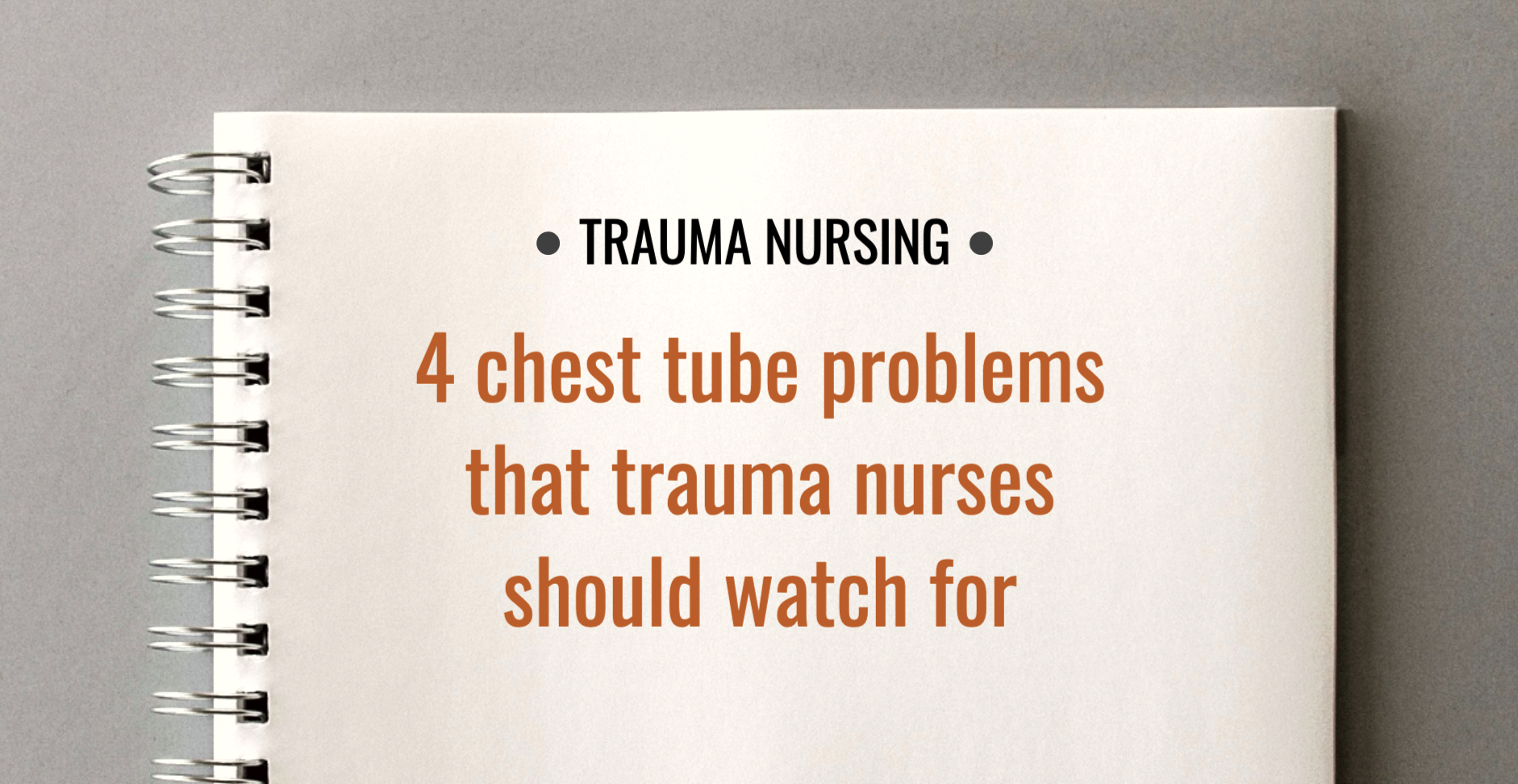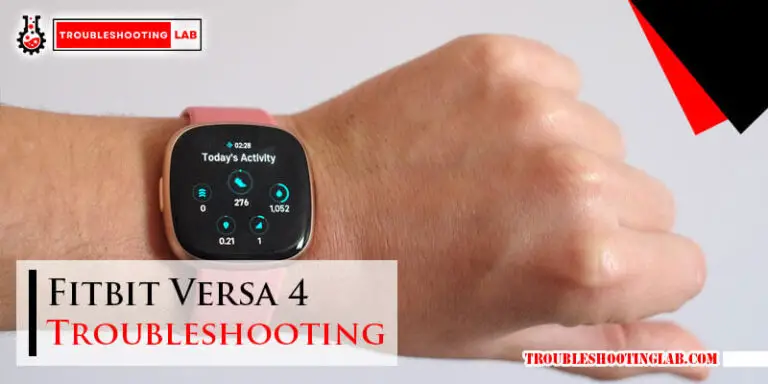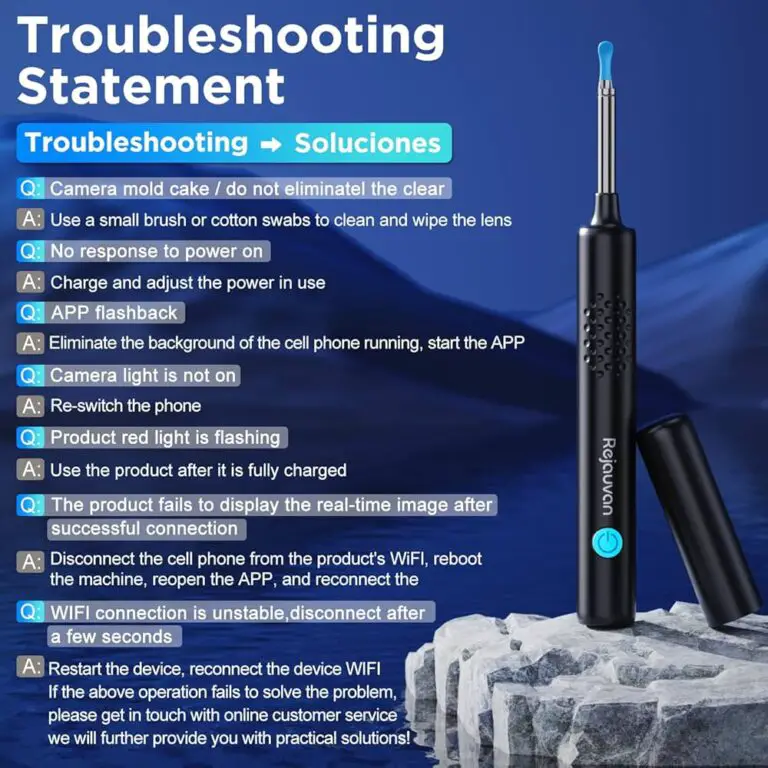Chest Tube Troubleshooting: Essential Tips
Ensure the chest tube is not kinked or clamped and check for proper suction. Monitor for air leaks or drainage issues.Chest tube troubleshooting is crucial for patient safety and effective treatment. Chest tubes help drain air, blood, or fluid from the pleural space, which can accumulate after surgery or trauma. Recognizing and addressing common issues like kinks, clogs, or dislodgement can prevent complications.
Regularly inspect the tube and drainage system, ensuring they function correctly. Proper suction settings and timely intervention for air leaks are essential. Healthcare professionals must stay vigilant, as prompt troubleshooting can significantly impact patient outcomes. Understanding these basics ensures efficient and safe chest tube management.

Introduction To Chest Tubes
Chest tubes are crucial tools in the medical field. They help drain air, fluid, or pus from the pleural space. This improves lung function and prevents complications.
Purpose And Uses
The primary purpose of a chest tube is to remove unwanted substances from the chest. Here are some common uses:
- Pneumothorax: Removes air from the pleural space.
- Hemothorax: Drains blood from the pleural cavity.
- Pleural Effusion: Removes excess fluid.
- Empyema: Drains pus due to infection.
Common Complications
Despite their benefits, chest tubes can have complications. Here are some common issues:
- Infection: Risk of infection at the insertion site.
- Bleeding: Possible internal bleeding during insertion.
- Pain: Discomfort or pain around the tube.
- Tubing Issues: Kinks or dislodgement of the tube.
| Complication | Description |
|---|---|
| Infection | Infection at the site where the tube is inserted. |
| Bleeding | Potential for internal bleeding during the procedure. |
| Pain | Patients may feel pain where the tube is placed. |
| Tubing Issues | Includes kinks, blockages, or dislodged tubes. |
Proper care and monitoring are essential to avoid these issues. Always follow medical guidelines for chest tube management.
Insertion Techniques
Chest tube insertion is a critical procedure in medical settings. Proper techniques ensure patient safety and effective results. Below, we cover essential steps for successful chest tube insertion. Each section focuses on vital aspects of the procedure.
Preparation Steps
Before inserting a chest tube, follow these preparation steps:
- Gather Equipment: Ensure all necessary tools are sterile and within reach.
- Patient Positioning: Place the patient in a semi-upright position.
- Identify Site: Mark the insertion site, usually the fifth intercostal space.
- Disinfect Area: Clean the skin with antiseptic solution to avoid infection.
- Local Anesthesia: Administer anesthesia to the insertion site.
Proper Placement
Proper placement of the chest tube is crucial for its effectiveness:
- Make Incision: Create a small incision over the rib.
- Insert Tube: Gently insert the tube through the incision.
- Advance Tube: Push the tube until it reaches the pleural space.
- Secure Tube: Use sutures to secure the tube to the skin.
- Check Placement: Confirm placement with an X-ray.
Ensuring proper placement is vital for effective drainage. Follow each step carefully to avoid complications.
Recognizing Malfunctions
Chest tubes are vital medical devices. They help remove air, fluid, or pus from the pleural space. Recognizing malfunctions early is crucial. This ensures patient safety and effective treatment.
Signs Of Issues
Understanding the signs of chest tube issues is essential. Here are some common signs:
- Decreased Drainage: Noticeably less fluid draining than expected.
- Increased Pain: The patient reports more pain at the insertion site.
- Air Leak: Bubbling in the water seal chamber indicates an air leak.
- Dislodgment: The tube appears to have moved or come out.
- Blocked Tube: Fluid or debris blocking the tube.
Immediate Actions
Quick actions are necessary to address chest tube malfunctions. Follow these steps:
- Assess the Patient: Check the patient’s vital signs and symptoms.
- Inspect the Tube: Look for kinks, clots, or dislodgment.
- Check the Drainage System: Ensure it is functioning properly.
- Notify the Physician: Inform the healthcare provider immediately.
- Prepare for Intervention: Be ready for possible tube replacement or adjustment.
Recognizing and addressing chest tube malfunctions quickly is crucial. It ensures patient safety and effective treatment.
Leak Management
Managing leaks in chest tubes is crucial. It ensures patient safety and recovery. Leaks can lead to air or fluid escaping, causing complications. This section focuses on leak management techniques.
Identifying Leaks
Finding leaks early is vital. It prevents further complications. Here are steps to identify leaks:
- Visual Inspection: Check for air bubbles in the water seal chamber.
- Palpation: Feel for subcutaneous emphysema around the chest tube site.
- Listening: Hear for hissing sounds around the tube connection.
Repair Procedures
Once a leak is identified, repairing it quickly is essential. Follow these steps:
- Check Connections: Ensure all connections are tight and secure.
- Replace Tubing: If tubing is damaged, replace it immediately.
- Seal with Tape: Use waterproof tape to seal minor leaks.
- Reposition Tube: Sometimes repositioning the tube can stop the leak.
Always monitor the patient after repair. Ensure there are no further leaks or complications.
| Step | Action |
|---|---|
| 1 | Visual Inspection |
| 2 | Palpation |
| 3 | Listening |
| 4 | Check Connections |
| 5 | Replace Tubing |
| 6 | Seal with Tape |
| 7 | Reposition Tube |
Preventing Blockages
Chest tube blockages can be dangerous. Preventing them is crucial for patient safety. Understanding the causes and clearing methods helps keep the chest tube functioning properly.
Causes Of Obstruction
Several factors can cause chest tube blockages:
- Blood clots: Clots can form inside the tube.
- Thick fluids: Thick fluids may not flow smoothly.
- Tissue debris: Tissue can obstruct the tube.
- Kinks in the tube: Kinks can stop the flow.
- Incorrect positioning: Poor placement can lead to blockages.
Clearing Methods
Clearing blockages is essential. Here are some methods:
- Milking the tube: Squeeze and release the tube gently.
- Flushing: Use saline to flush the tube.
- Repositioning: Adjust the tube placement.
- Suction: Apply gentle suction to clear the blockage.
- Replacing the tube: Replace if the blockage is severe.
Using these methods helps ensure the chest tube remains clear. This keeps the patient safe and promotes healing.
Monitoring Drainage
Monitoring drainage is key in chest tube care. Keep track of the volume and color of the fluid. This helps in identifying complications early. Frequent checks ensure the chest tube is working properly. Let’s dive into the details.
Volume And Color
Record the volume of drainage regularly. An increase or decrease can signal issues. Use the following table to keep track:
| Time | Volume (mL) | Color |
|---|---|---|
| 8:00 AM | 50 | Clear |
| 12:00 PM | 45 | Yellow |
| 4:00 PM | 60 | Red |
Note the color of the drainage. Clear fluid is often normal. Yellow fluid may suggest infection. Red fluid indicates bleeding. Immediate action is needed if the fluid is red.
Frequency Of Checks
Check the drainage every few hours. Use this checklist to stay organized:
- 8:00 AM
- 12:00 PM
- 4:00 PM
- 8:00 PM
Keep a logbook for recording every check. This ensures no checks are missed. Timely checks help catch problems early. Regular monitoring can save lives.
Patient Care Tips
Taking care of a patient with a chest tube can be challenging. Proper care is crucial for the patient’s comfort and recovery. These patient care tips can help ensure the best outcomes.
Comfort Measures
Keeping the patient comfortable is very important. Here are some tips:
- Pain Management: Administer pain medication as prescribed. Monitor pain levels frequently.
- Positioning: Help the patient find a comfortable position. Elevate the head of the bed for easier breathing.
- Dressings: Check the dressing around the chest tube. Keep it clean and dry to prevent infections.
Education And Support
Educating and supporting the patient and their family can ease anxiety. Here are some steps to follow:
- Explain the Procedure: Describe why the chest tube is needed and how it helps.
- Show How to Care for the Tube: Teach the patient and family how to care for the chest tube. Include steps for checking and cleaning.
- Signs to Watch For: Inform them about signs of complications. This includes redness, swelling, or unusual pain.
- Provide Resources: Give pamphlets or links to trusted websites for more information.
- Emotional Support: Offer emotional support and listen to their concerns. Reassure them that they are not alone.
Post-removal Care
Post-removal care is crucial after a chest tube procedure. It ensures proper healing and prevents complications. Patients must follow specific guidelines for wound care and follow-up protocols.
Wound Care
Wound care after chest tube removal is essential for healing. Keep the wound clean and dry to avoid infections.
- Change the dressing daily or as advised.
- Use sterile gauze and medical tape.
- Watch for signs of infection, like redness or swelling.
If you notice any discharge, contact your healthcare provider. Avoid strenuous activities that may stress the wound.
Follow-up Protocols
Follow-up protocols ensure the wound heals properly. Regular check-ups are key.
- Schedule an appointment within a week.
- Get a chest X-ray to check lung expansion.
- Report any unusual symptoms immediately.
Healthcare providers will monitor your progress and make any necessary adjustments to your care plan.
Frequently Asked Questions
How To Troubleshoot Chest Tubes?
Check for leaks, kinks, or disconnections in the tubing. Ensure proper suction settings. Monitor for excessive drainage or air bubbles. Confirm tube placement with X-ray. Contact a healthcare provider for unresolved issues.
How Do You Know If You Have An Air Leak In Your Chest Tube?
Bubbles in the water seal chamber often indicate an air leak in your chest tube. Listen for a hissing sound. Check for sudden shortness of breath or chest pain. Consult your healthcare provider immediately if you suspect an air leak.
How Do You Know If Your Chest Tube Is Clogged?
Signs of a clogged chest tube include decreased drainage, swelling at the insertion site, and difficulty breathing. Always consult a doctor.
Why Is There No Output From My Chest Tube?
There might be a blockage in the chest tube. Check for kinks or clots. The tube might be dislodged or not properly positioned. Consult your healthcare provider immediately.
What Is A Chest Tube?
A chest tube is a flexible tube inserted into the chest cavity to remove air, fluid, or pus.
Conclusion
Effective chest tube troubleshooting is crucial for patient safety. By following the outlined steps, complications can be minimized. Always monitor the patient closely and ensure proper equipment function. Regular training and adherence to protocols will enhance your skills. Keep these tips in mind to improve outcomes and maintain high standards in patient care.






